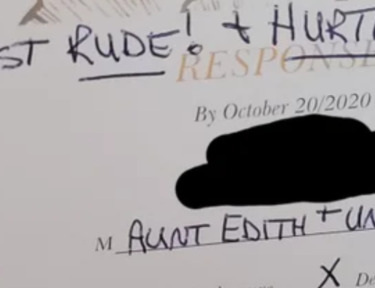‘Murder Hornets’ Have Entered the U.S. and Could Do a Number on Honeybees
Just as we’ve all slowly started to accept the outbreak of coronavirus around the globe, in comes the next thing to worry about: Murder hornets. And yes, they are extreme as they sound.
If you’re scared of bees, you should probably stop reading now.
The murder hornet comes in at about two inches long and, like coronavirus, has entered the United States for the first time ever. Known as the “Vespa mandarinia” or “Asian giant hornets,” the killer bee has been around Japan for a while, killing around 50 people a year there.
As if its name wasn’t terrifying enough, a description from a Washington bee breeder is even worse: “Like something out of a monster cartoon with this huge yellow-orange face.” Yikes.
They’re a “shockingly large hornet,” says Todd Murray, WSU Extension entomologist and invasive species specialist, as well as a “health hazard, and more importantly, a significant predator of honey bees.”
The murder hornet was first seen in December, following three more verified reports of sightings from the Washington State Department of Agriculture. They were also reported being seen in British Columbia in the fall. Thankfully, those are the only sightings known so far, but there could be more.
The good news for us humans is that we’re, thankfully, not they’re favorite species—they really want to get after honeybees the most. The hornets attack honey bees’ hives, kill the adults, and eat the larvae and pupae.
Stinging a human isn’t out of the ordinary, however. And if you do get stung, it can be deadly, especially if you get stung multiple times. Even if you survive the sting, it can cause a host of symptoms, such as aches and pains similar to that of the flu.
To learn more about the murder hornets’ effect on humans and honey bees, as well as what they look like in case you see one, check out the video below.
Have you heard of or seen any murder hornets before?




